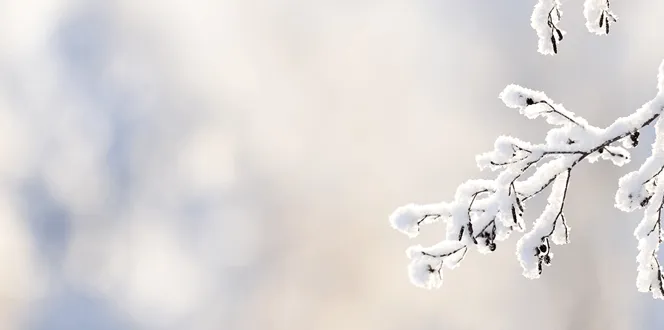In 2016, much of the eastern half of the U.S. experienced sunny skies and warm weather throughout the late fall and early winter instead of the typical frigid temperatures and snow. Weather reports galore declared that some areas broke record high temperatures.
When unseasonably warm weather like this occurs, you may not think the warmer weather calls for complaint; however, it’s a different story for your plants.
Spring blooming plants may have opened into partial or full flowers due to unusually warm weather in late fall and winter. Additionally, some woody plants may have grown fresh leaves.
If your plants have experienced untimely growth through a warm winter, there are a few things you should keep in mind.
Plants may not experience spring growth this year
Unseasonable weather tricks some plants into blooming prematurely. If plants budded during late fall and early winter, this means no blooming in the coming spring season.
Some plants may only partially bloom in the above average temperatures; however, this growth will still reduce the quantity and quality of the plant’s spring bloom.
Weather shifts leave long-term effects
Shifting from a period of warm temperatures to the teens and single digits could injure susceptible plants. Plants that have partially leafed out or budded can be stricken with dead or dying tips due to the drastic change.
Not all plants are affected equally
Many factors influence plant injury in unusual weather conditions. Plants can experience different outcomes based on plant species, cultivar, health, location and exposure.
Though nothing can be done to prevent or reverse premature blooming, the onset of the spring season will reveal how specific plants have been affected.





